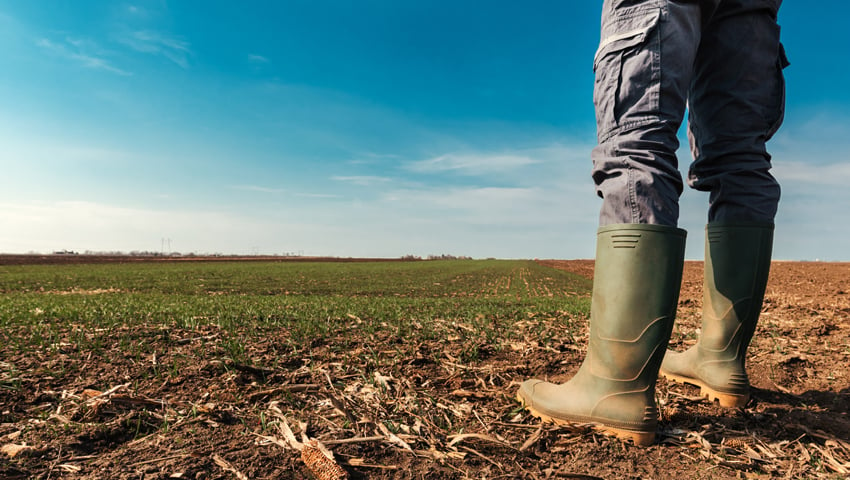Farm input costs have increased by an average of 44 per cent since 2019 according to research by the Agriculture and Horticulture Development Board (AHDB).
The research examined how farming costs have changed in line with inflation between December 2019 and May 2024, taking into account a ‘basket of goods’ based on typical costs incurred by farms.
Straw costs (bedding) more than doubled, while electricity, fertiliser, animal feed and motor fuels increased by 38-50 per cent. Other costs such as veterinary treatment, machinery, transport and labour costs were also included in the analysis.
When broken down by sector, pig farming saw the greatest input costs increase at 54 per cent, with feed prices the main driver.
Dairy farms and beef and sheep farms saw a 44 per cent and 39 per cent increase respectively, with feed again making a considerable contribution.
For cereals and mixed farms, inputs increased by 43 per cent, with fertiliser and machinery related costs being the key drivers.
Amandeep Kaur Purewal, AHDB Senior Economist, said, “Our research highlights the challenges faced by farmers as rising input costs continue to put pressure on their businesses.”
While farm input costs increased by more than 40 per cent, the total funding pot for agriculture in the UK has remained constant at £2.4 billion since the 2019-24 parliament.
Megan Hesketh, AHDB Lead Data Analyst, said, “According to our analysis, the farming budget [in England] would need to increase by 44 per cent to £3.4 billion just to offset the effect of inflation. This is without taking into account any other spending required to support the farming sector.”
Read the full report to find out more
